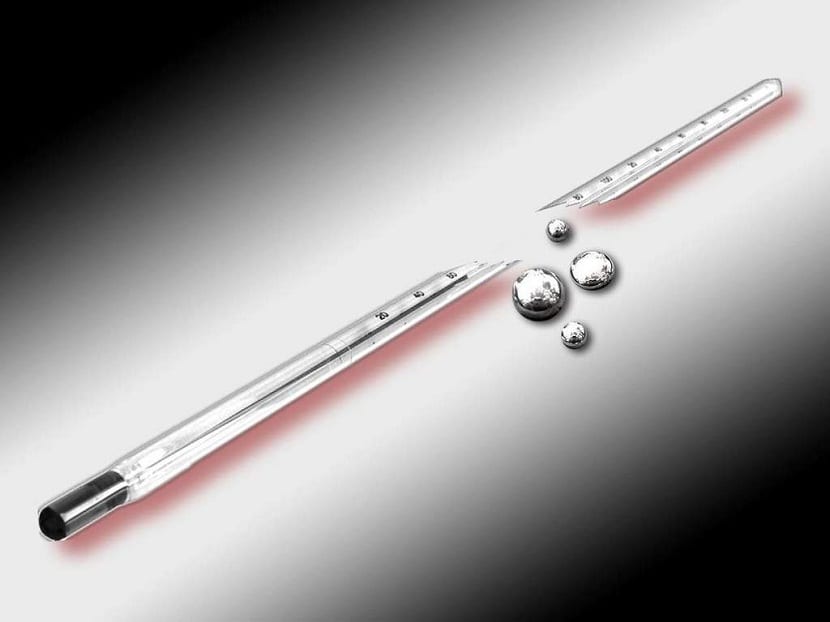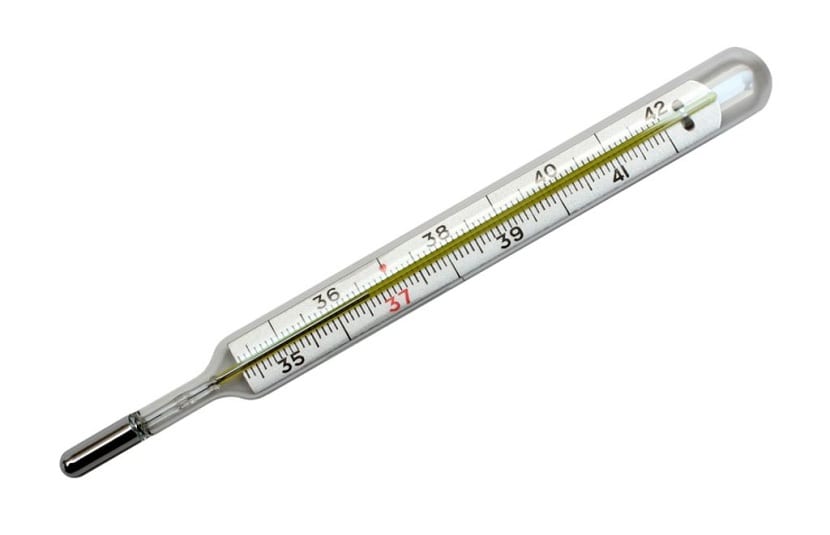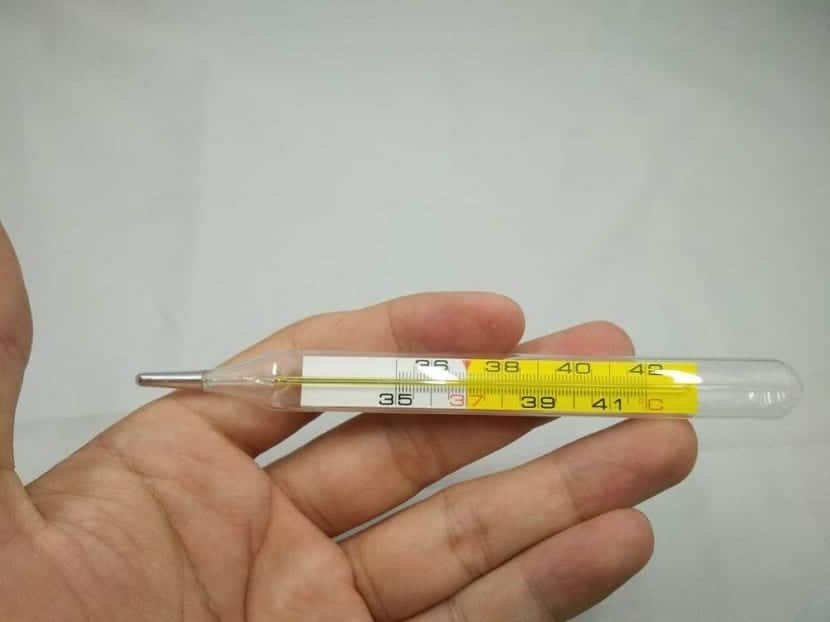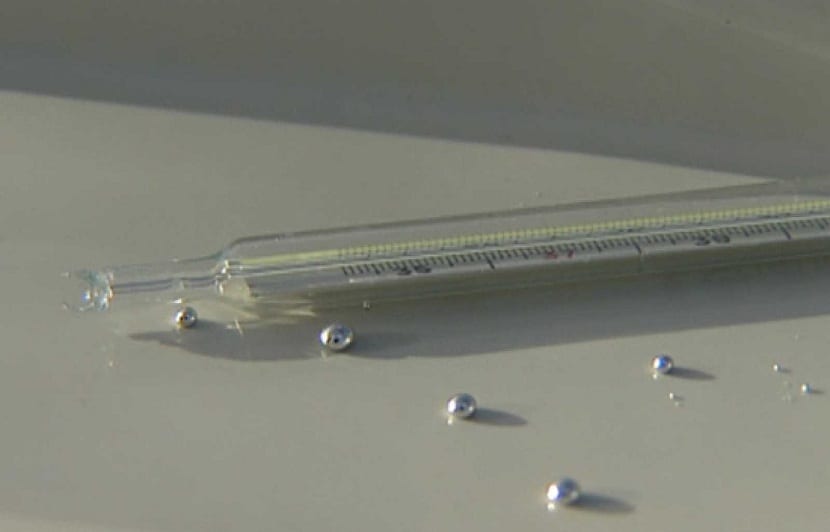
Surely once when you were little, your body temperature has been measured when you have had a fever and for this they have used a Mercury thermometer. This instrument has been widely used to do little for many things apart from being taken at body temperature. Since this type of thermometer had some risks in its use, they decided to replace it with the new digital thermometers.
In this article we will thoroughly explain how it works, what uses were given to it and everything related to the mercury thermometer.
What is

This instrument for measuring temperature was created in 1714 by a Polish physicist and engineer named Daniel Gabriel Fahrenheit. From this surname comes the used measure of scale. Later the degree Celsius was introduced as another new scale.
The mercury thermometer consists of a bulb from which a thin glass tube extends, and inside which is the metal mercury. The volume of this metal inside the tube is less than the volume of the bulb. The instrument was marked by numbers that indicated the temperature depending on which one it was measuring. This metal in question was employed because tIt is easy to change its volume slightly depending on the temperature.
This instrument marked a before and after in the era of science. Thermology, which is the science that studies temperature, could make tremendous progress in this regard. It is considered to this day as one of the best inventions, although mercury thermometers are no longer used. The range of temperatures it could accommodate was quite large. This temperature range could be further extended with the instruction of nitrogen or any other inert gas. When this was done, it caused an increase in pressure on the liquid mercury and increased the boiling point.
Uses of the mercury thermometer

We are now going to analyze the uses it had apart from taking body temperature in case of fever or discomfort. They were used in various fields. For example, there are still households that have it at the front door to measure the ambient temperature. In many places, such as hospitals and outpatient clinics, it was used to measure the temperature of patients.
Other areas can be blood banks, ovens, incubators or for chemical experiments. On the other hand, in industry, the thermometer is also used in power plants, to know the state of the pipes, in refrigeration and heating equipment, breweries, food preservatives, ships, warehouses, bakeries, etc.
In all areas, it is necessary to know the value of temperature to be able to produce the products or confirm certain patterns in the performance. For example, It is necessary to know the temperature at which the water is passing in a pipe in an industry to know if it has to be cooled. Otherwise, there could be serious problems. The same in a bakery. You have to know the value of the temperature at which the bread can be made perfectly.
Mercury is a natural element that in chemistry is symbolized by Hg. The atomic number is 80. Within coal deposits they can be found in terrestrial rock such as mercury sulfide. This compound is also known as cinnabar.
Mercury has been in high demand for years, since it was also very useful in meteorological instruments such as barometers, pressure gauges and other devices such as switches, lamps and some other devices. This metal was also used to make dental amalgams.
Recently, several studies affirmed that the use of this metal was not safe for the population, so it has been withdrawn little by little and the thermometers that are currently marketed are gallium.
Hazards and risks
Let's now see what are the dangers of this thermometer. In the European Union, it has been established that any instrument containing mercury can no longer be marketed. This is because it has a high risk to health and the environment, being able to contaminate water, soils and animals.. In North America it has also been applied in some localities.
The danger of mercury lies in its vapor. It is a toxic vapor that can be inhaled when the thermometer breaks. Also, when mercury is spilled it must be collected immediately before there are other negative consequences.
If you want to know if the thermometer you use contains mercury, you just have to observe it. If the liquid in it is not silver, it may be alcohol or some other liquid that does not have toxicity and it does not present any health problems or risks. Another aspect is that the product label says "mercury-free." By law, you will be sure it is mercury free. On the other hand, it may be that the liquid is silver and there is no text that says nothing that it does not have mercury. If this happens, it is most likely to be mercury.

The first thing people ask themselves is what to do if the glass breaks. When this happens, you never have to use a vacuum cleaner or broom to clean it. You should also not do it with your bare hands or flush the liquid down the toilet or sink. Otherwise, you could contaminate thousands of liters of water unnecessarily. It is a highly polluting element that can do serious damage in small amounts. The consistency of this material means that when it falls to the ground it divides into smaller drops and expands on either side.
When a thermometer is dropped and the liquid comes off, it is best to keep children and pets out of the area and open the window or doors to ventilate the house. If we are in a flat and smooth area it will be easier to clean. You must use a cloth, gloves and a mask to clean it. Do not forget to check all the mercury drops in the soil very well, since it is very important. If you leave a few drops and touch or inhale the toxic gas it can cause poisoning, brain damage, digestive and kidney problems.
I hope that with these tips you can learn more about the mercury thermometer and be cautious if you still use one.



So, because the use of amalgam for dental restorations is still allowed, it is contradictory, that more contamination than excess mercury in the mouth!